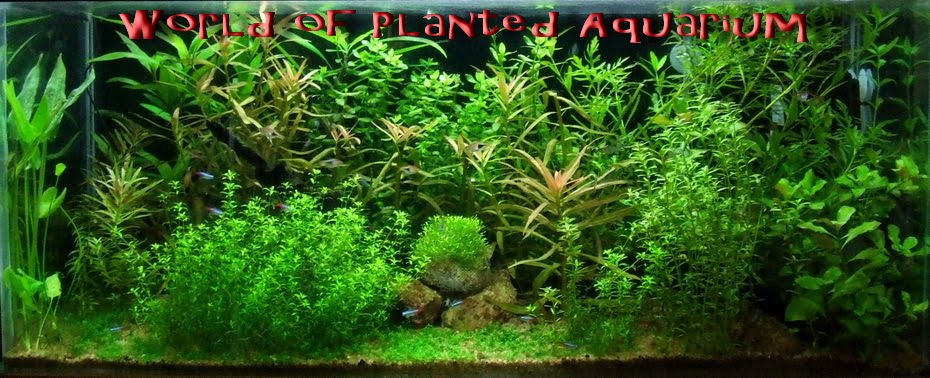Substrate in nature
>> Friday, July 10, 2009
In the rivers and streams in which many aquatic plants grow, the substrates vary depending on the environmental and geological conditions of the river system and the local area. Aquatic plants are often found in sandy, muddy, or gravel beds. An important point to bear in mind is that in virtually all natural areas the substrate is usually warmer than the surrounding environment. This happens because the heat from the sun is absorbed and retained by the substrate. The difference may be less than one degree but it is enough to create convection currents between the substrate and the water. These currents slowly and continually move water down through the substrate (where it warms up slightly) and back up into the main water body as it cools. As water passes through the substrate it takes nutrients with it, giving the roots access to a continual supply of nutrients.
The dense muddy substrate found in many places provides an ideal anchoring medium that holds plants firmly in position. In natural conditions, the roots may grow far wider and deeper than they possibly could in the aquarium. When keeping some larger plants, such as many of the larger Echinodorus species, take into account the fact that their roots will quickly spread and literally "take over" the aquarium substrate if allowed to do so.



0 comments:
Post a Comment